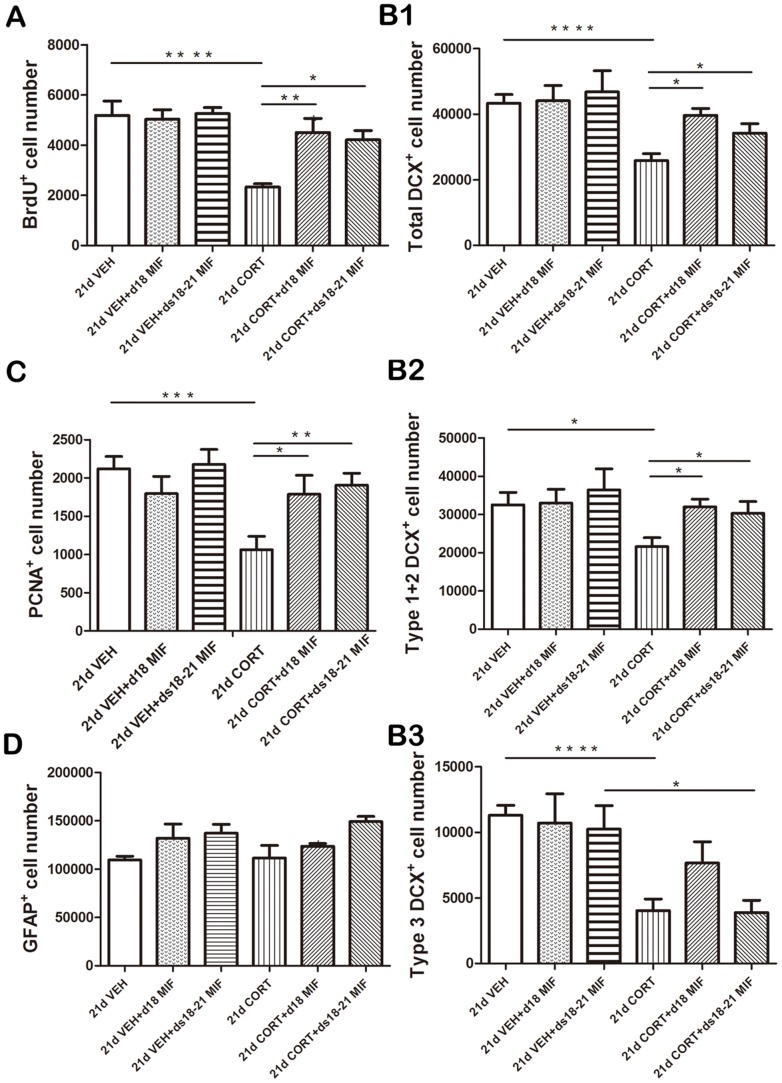Figure 4. Effects of mifepristone given at d18 only or during ds18–21 of 3-weeks corticosterone treatment period.
A. Mifepristone treatment during ds 18–21 fully normalizes the CORT-induced reduction in number of BrdU+ cells (p<0.05 compared to 21 ds CORT+d18–21 VEHM). Surprisingly, mifepristone treatment only on d18 also normalized the CORT-induced reduction (p<0.01). No significant difference was found between these two treatment groups (21ds CORT+ds18–21 MIF versus 21ds CORT+d18 MIF; p>0.05). Mifepristone treatment was entirely ineffective in the vehicle (VEHC) control groups. B1. Mifepristone treatment either during ds 18–21 (p<0.05) or only on d18 (p<0.05) normalized the CORT-induced reduction in DCX+ cells. These two treatment groups (21ds CORT+ds18–21 MIF versus 21ds CORT+d18 MIF) yielded comparable numbers of DCX+ cells. B2. Mifepristone treatment either during ds 18–21 (p<0.05) or only on d18 (p<0.05) was effective in normalizing the CORT-induced reduction in immature DCX+ cells. B3. Mifepristone was ineffective in restoring the CORT-induced reduction in the number of mature DCX+ cells (p>0.05 in both treatment groups). CORT-treated animals receiving mifepristone for 4 days (21ds CORT+ds18–21 MIF) still had a significantly lower number of mature DCX+ cells than the corresponding vehicle group (p<0.05 vs 21ds VEHC+ds18–21 MIF). C. Mifepristone administration either on d18 alone (p<0.05) or during ds18–21 (p<0.01) normalized CORT-induced reduction in PCNA+ cells. Again, mifepristone treatment had no effect in the VEHC groups. D. No significant overall effect of treatment was found on GFAP+ cells number (p>0.05). Data are presented as mean ± SEM (n = 6 animals per group). For each marker, the groups were first subjected to an ANOVA, followed by a post-hoc Tukey multiple comparison of the means. * p<0.05; ** p<0.01; ***p<0.005; **** p<0.001.

